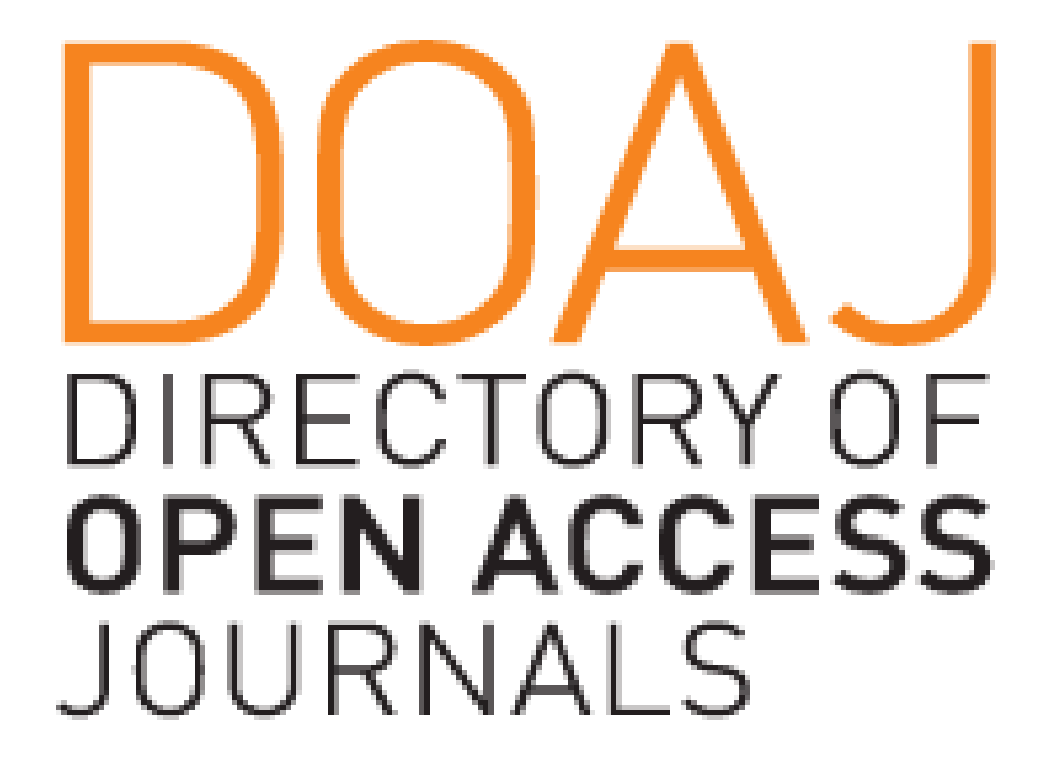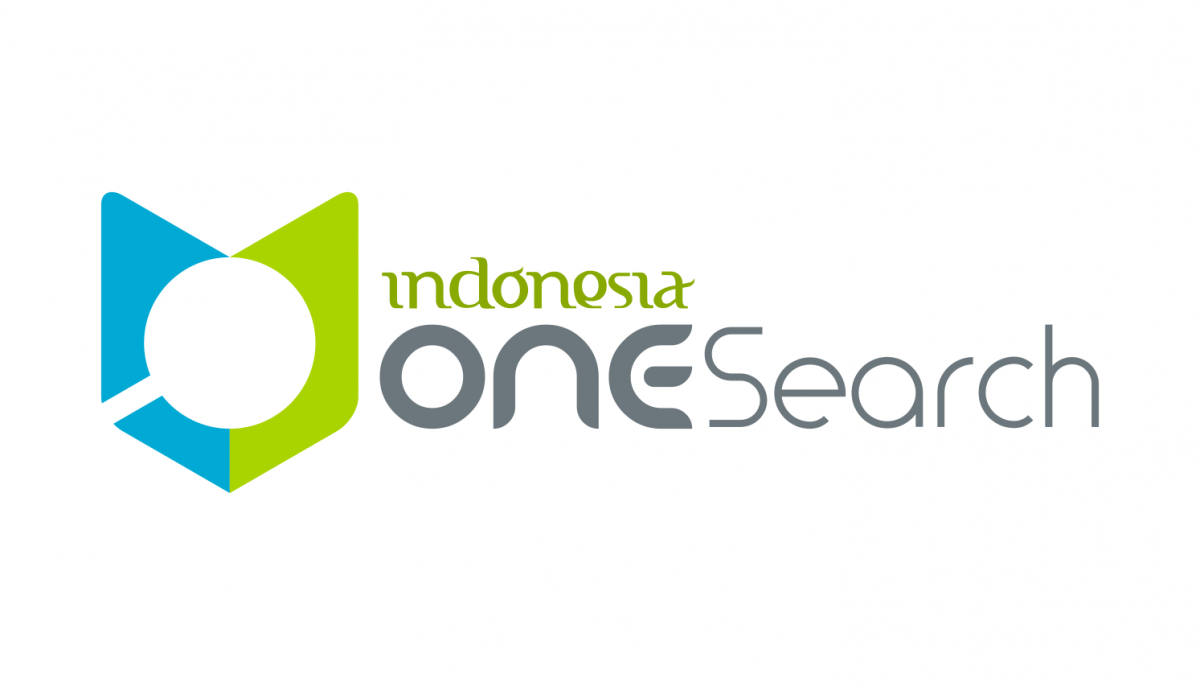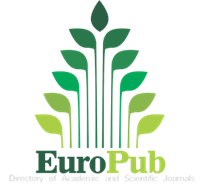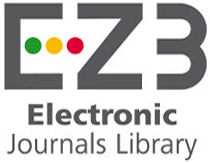Abstract
Background: Pemphigoid gestationis (PG) is an uncommon autoimmune vesiculobullous skin disorder associated with pregnancy, that occurs during mid-to-late pregnancy and immediate postpartum period. The diagnosis of PG is based on histopathology and direct immunofluorescence. Dermoscopy is a non-invasive diagnostic tool that provides a connection between macroscopic clinical dermatology and microscopic dermatopathology.
Case Illustration: We reported a case of a 22-year-old primigravida woman with postpartum PG. This PG case was diagnosed clinically, dermoscopically, and histopathologically.
Discussion: Since PG is thought to be a variation of the bullous pemphigoid (BP), the two resemble each other clinically and immunologically. The well-defined structures with brown-black dots in the central, yellowish translucent areas, follicular openings, peri-eccrine and perifollicular pigmentations, and a distorted pigment network were the dermoscopic findings of PG. To date, there is no literature about the dermoscopic features of PG.
Conclusion: Dermoscopy is a simple non-invasive tool that can assist in making a rapid diagnosis, as well as in evaluating the prognosis, observing the response to treatment, and helping to determine the appropriate lesion and location for histopathological examination. We recommend that the dermoscopic features of PG in our case as a dermoscopic picture of PG.
References
- Ceryn J, Siekierko A, Skibińska M, Doss N, Narbutt J, Lesiak A. Pemphigoid gestationis - case report and review of literature. Clin Cosmet Investig Dermatol. 2021;14:665-70.
- Talib S, Slaoui A, Mezni L, et al. Pemphigoid gestationis: A case presentation and review of the literature. Arch Surg Clin Case Rep. 2020;3:143.
- Sävervall C, Sand FL, Thomsen SF. Pemphigoid gestationis: Current perspectives. Clin Cosmet Investig Dermatol. 2017;10:441-9.
- Fernanda LGA, Sandra GS, Gerardo MFR, Aranzazu GCT, Nazaret SNL. Pemphigoid gestationis: A third-trimester multigravida with a severe disease. J Dermatol Res Ther. 2020;6:086.
- Nayak SS, Mehta HH, Gajjar PC, Nimbark VN. Dermoscopy of general dermatological conditions in Indian population: A descriptive study. Clin Dermatol Rev. 2017;1(2):41-51.
- Narkhede ND, Nikham B, Jamale V, Hussain A, Kale M. Evaluation of dermoscopic patterns of vesiculobullous disorders. Indian J Dermatol. 2021;66:445.
- Wiznia LE, Pomeranz MK. Skin changes and diseases in pregnancy. In: Kang S, Amagai, Bruckner AL, et al, editors. Fitzpatrick’s dermatology 9th ed. New York: McGraw-Hill Companies; 2019. p. 1765-77.
- Abel MK, Suresh R, Raffi J, McCalmont TH, Murase JE. Diagnostic testing in gestational bullous pemphigoid: Has enzyme-linked immunosorbent assay replaced direct immunofluorescence as the new gold standard? JAAD Case Rep. 2019;5(12):1081-3.
- Hallaji Z, Mortazavi H, Ashtari S, Nikoo A, Abdollahi M, Nasimi M. Pemphigoid gestationis: Clinical and histologic features of twenty-three patients. Int J Womens Dermatol. 2017;3(2):86-90.
- Joseph T, Kurian R, Joseph K, Sivashannkari, Balamurugan V. Pemphigoid gestationis – A rare case report. Indian J Obstet Gynecol Res. 2020;7(2):276-9.
Recommended Citation
Chandra, Rudi and Roesyanto-Mahadi, Irma Damayanti
(2024)
"Dermoscopic and histopathologic findings in diagnosing postpartum pemphigoid gestationis,"
Journal of General - Procedural Dermatology & Venereology Indonesia: Vol. 8:
Iss.
1, Article 7.
DOI: 10.7454/jdvi.v8i1.1125
Available at:
https://scholarhub.ui.ac.id/jdvi/vol8/iss1/7
Included in
Dermatology Commons, Integumentary System Commons, Skin and Connective Tissue Diseases Commons































